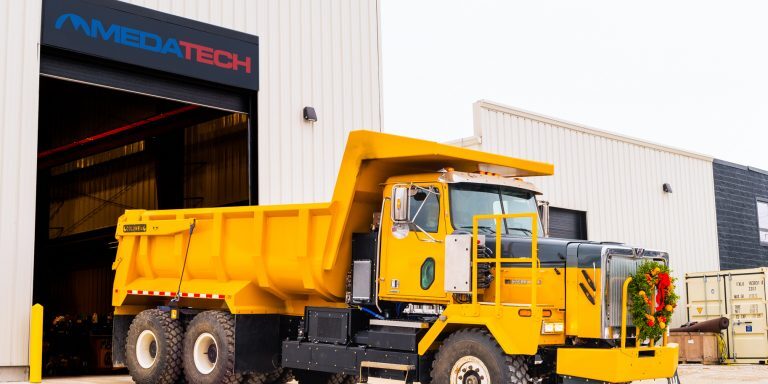MEDATech launches software to optimise electric vehicles
Canada-based custom mobile heavy equipment provider MEDATech has introduced its Electric Vehicle Fleet Optimization Software (EV-FOS) in time for MINExpo 2021, which will take place in Las Vegas, US next week.
MEDATech described its new product as “the Deswik of underground fleet EV electrification” that will help mining companies with the climate of growing pressure to reduce CO2 emissions.
The software has been in development for four years in collaboration with the Bauman Lab for Electrified Powertrain Research at McMaster University in Ontario. The software, which is built in MATLAB, approaches battery-electric vehicle (BEV) optimisation in mines from the vehicle side.
MEDATech said that it is designed to ensure that the transition to electrification is profitable as well as good for the environment, and that mines can use it to build an electrification plan based on technology that is currently available that is both optimal and practical.
EV-FOS has been trialled with major mining companies such as Glencore, Newmont Corp and Torex Gold. According to MEDATech, the software has conclusively proven to reduce CO2 emissions and help save cost.
Rob Rennie, president of MEDATech, said: “EV-FOS is very precise. The alternative to using our software is developing your own calculations, or guessing. With millions or tens of millions of dollars hanging in the balance, it makes sense to invest in something that yields accurate forecasts.”
MEDATech EV-FOS is designed to optimise BEV energy usage for new and existing mines. The company stated that it is as useful for mine development as it is for production. The software compares BEV fleets against diesel fleets on several parameters such as life-of-mine vehicle costs, CO2 emissions, fuel, and ventilation costs, as well as vehicle maintenance. The software can also show the difference in cost and production values between fast charging, battery swapping and onboard charging.
In addition, EV-FOS can calculate the optimal BEV type, battery size and charging infrastructure for a specific mine. It displays the effectiveness in dollars per tonne by the level, by the year, for fast charging, for battery swapping and for diesel.
Rennie observed: “Measuring cost in dollars per tonne and in total CO2 reduction are the big dividends. That includes labour, capital costs, operation costs, and ventilation costs for mines designed for electric operations. It compares these figures to operational and ventilation costs for mines designed only around diesel power, for an equivalent production requirement.”
![]()





